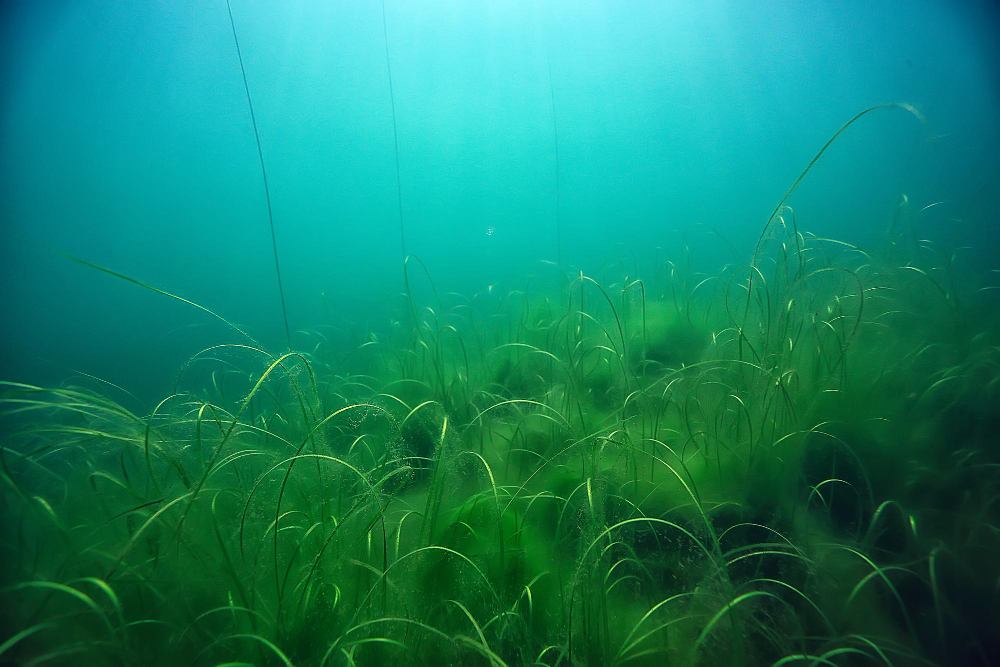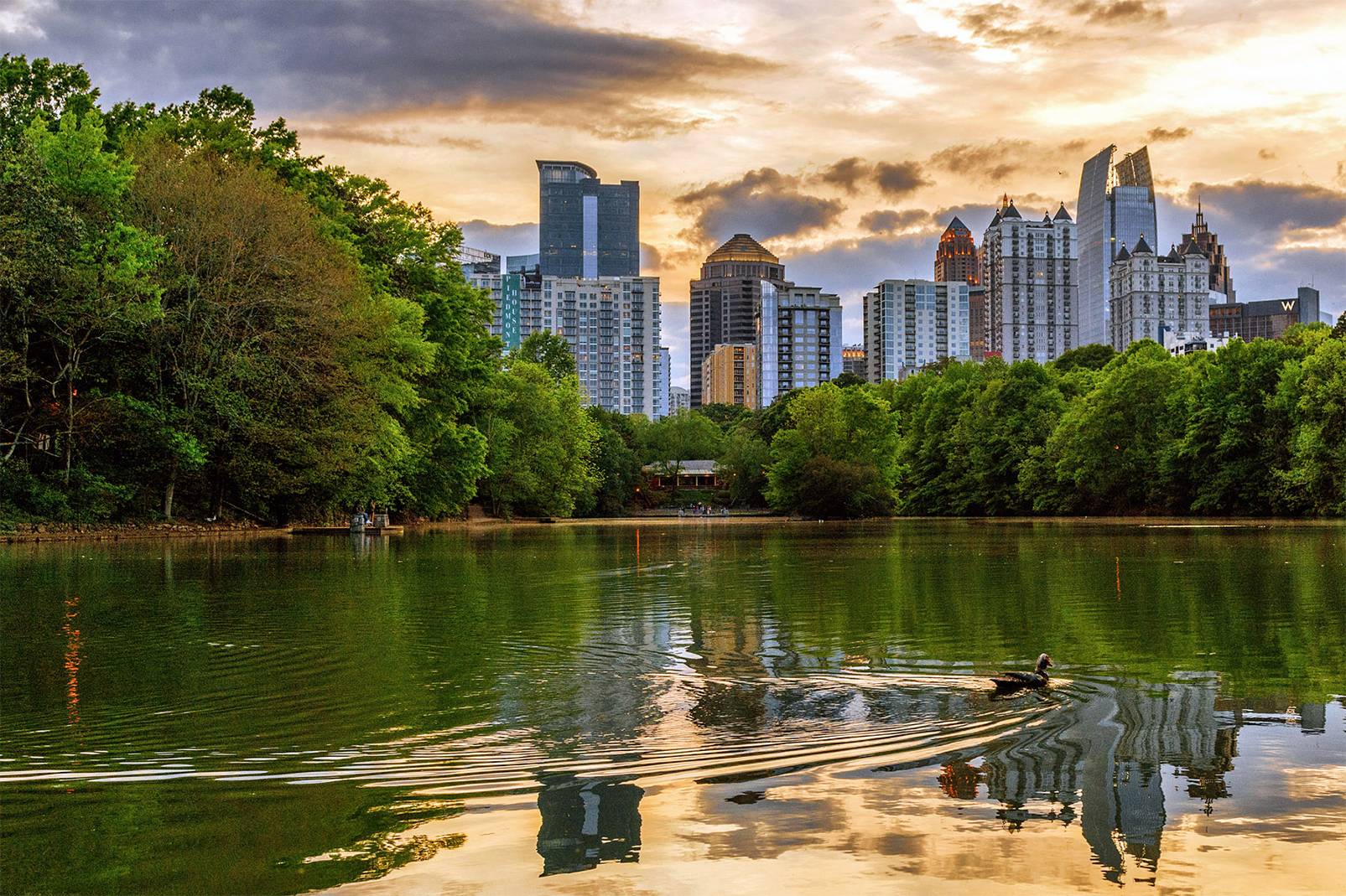
Detention and retention ponds serve as critical components of modern stormwater management systems, safeguarding communities from flooding and water runoff. While the responsibility of maintaining these ponds may seem daunting, property owners can find solace in the unsung heroes of the aquatic world – aquatic plants.
In this brief article brought to you by Aquatic Restoration, we explore the important role of aquatic plants in detention and retention pond maintenance. If your ponds are looking like they need a hand, then call Aquatic Restoration to get seasoned specialists on the job. With over 35 years of industry experience, Aquatic Restoration is here to help.
Aquatic plants act as nature's purifiers, enhancing water quality within detention and retention ponds. Through a process known as phytoremediation, these plants absorb and filter pollutants such as excess nutrients and sediment from the water. Even their intricate root systems provide a natural barrier, preventing soil erosion and maintaining the structural integrity of pond embankments. This filtration process not only ensures cleaner water but also contributes to the overall longevity of the pond infrastructure.
One of the primary challenges in pond maintenance is the buildup of sediment over time. Aquatic plants tackle this issue by slowing down the flow of water and allowing sediment to settle. The dense vegetation acts as a natural buffer which traps suspended particles and prevents them from settling at the bottom of the pond. This sedimentation control not only preserves the pond's storage capacity but also reduces the need for frequent dredging and maintenance efforts.
Detention and retention ponds are susceptible to erosion, especially during heavy rainfall or storms. Aquatic plants play a vital role in preventing erosion by stabilizing the soil with their root systems. The intricate network of roots binds the soil particles together, creating a robust foundation that resists erosion caused by water flow. This natural erosion control not only protects the pond's structural integrity but also ensures the surrounding landscape remains intact.

Aquatic plants also contribute to the thriving ecosystem within detention and retention ponds. The dense vegetation provides a habitat for a diverse range of aquatic organisms, including fish, amphibians, and invertebrates. This biodiversity not only adds to the ecological value of the pond but also establishes a balanced ecosystem where different species coexist harmoniously. Property owners can witness the pond transform into a haven for wildlife, promoting a healthy and sustainable environment.
In addition to their functional roles, aquatic plants also enhance the visual appeal of detention and retention ponds. The vibrant colors, textures, and varied forms of these plants create a picturesque landscape that complements the surrounding environment. Property owners can leverage the aesthetic benefits of aquatic plants to transform their ponds into aesthetically pleasing features that blend seamlessly with the overall landscape.
Whether it’s to preserve the pond, boost its ecosystem, or improve its beauty, periodic pond maintenance is non-negotiable. If you want to make the most of your pond, then hire trained and experienced specialists from a reputable company like Aquatic Restoration. Call today to consult with a knowledgeable professional. We are happy to address any questions or concerns you may have.
Lakes are vital ecosystems that support wildlife, protect water quality, and enhance the quality of life for surrounding communities. Whether…
If you’re reading this, there’s a good chance you’re sick and tired of dealing with aquatic weeds that never…
Lake management is an integral part of keeping lakes healthy, functional, and beautiful for generations to come. Not only…
When people think of lake management, they often picture large-scale restoration projects involving acres of water and heavy…
Is your once beautiful and sparkling lake looking murky? Does excessive algae or scum on the surface turn it into…